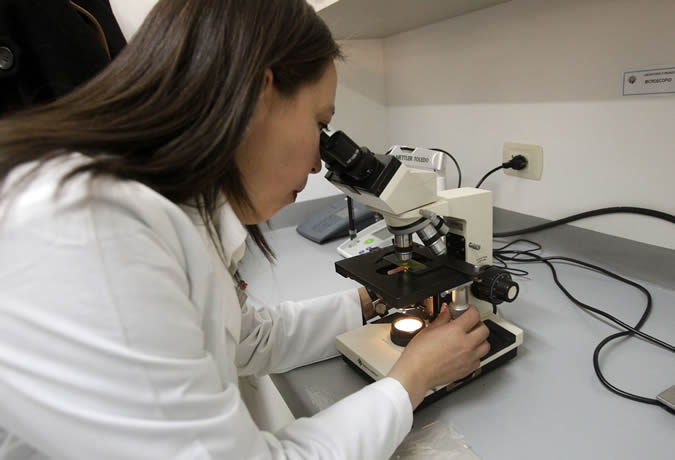Press Release
The Economic Commission for Latin America and the Caribbean (ECLAC) called for the creation of quality jobs that duly recognize women’s abilities, levels of instruction and productivity, in the framework of International Women’s Day commemorated every March 8.
Although labor market indicators showed a positive trend over the past decade, the labor participation rate for women has stagnated at around 53%, and 78.1% of women who are employed work in what ECLAC defines as low productivity sectors, where the pay is worse, social security coverage is low, and there is less contact with technology and innovation.
Likewise, women’s unemployment rates are systematically higher than those of men, according to a document prepared by ECLAC’s Gender Equality Observatory for Latin America and the Caribbean.
Between 2002 and 2013, the unemployment rate in Latin America cumulatively fell by 2.8 percentage points, but starting in 2015, that trend has reversed. According to the report Preliminary Overview of the Economies of Latin America and the Caribbean, in 2015 the unemployment rate reached 7.4%, with women being the most adversely affected: 8.6% of women were unemployed compared with 6.6% of men.
In the countries of Latin America and the Caribbean, based on preliminary data for 2016, the unemployment rate increased an average of 0.5 percentage points versus the previous year: the increase for women was 0.7 percentage points while for men it was 0.3 points.
“The labor indicators for Latin America and the Caribbean continue to show large gender gaps between men and women with regard to access to opportunities and rights. The inequalities are rooted in a social system that reproduces stereotypes and preserves a sexual division of labor that limits women’s labor integration,” explains ECLAC’s Executive Secretary, Alicia Bárcena.
These structural factors, according to the United Nations senior official, pose an obstacle to overcoming poverty and inequality in the region, as well as to women’s attainment of economic autonomy – even more so if one considers the current context of economic contraction.
Although the rates of unemployment for women and men vary depending on the country, the gender gap is always favorable to men, except in Mexico, where male unemployment exceeds that of women by 0.1 percentage points, according to ECLAC. Countries such as Belize and Jamaica show gaps in excess of 7 percentage points.
Unemployment rates have remained particularly high among people with lower incomes. In the first quintile in 2013, 14.9% of women were unemployed (compared with 10.5% of men). In the third quintile, female unemployment was at 7% with male unemployment at 4.9%, while in the highest-income quintile these percentages fall to 3% and 2.5%, respectively.
For ECLAC, employment policies should be capable of modifying the current structure of inequality, confronting the existing gender bias in the labor market. It also calls for the recognition and redistribution of time spent on unpaid labor, so that the responsibility of caring for children, dependent persons and older adults does not fall exclusively on women.
In the framework of International Women’s Day, ECLAC is also publishing the first report in a new series of GEO Studies entitled Gender Equality Plans in Latin America and the Caribbean: Roadmaps for Development (Spanish only).
The report analyzes the processes for designing these plans, their links to national development strategies and the budget visibility of gender equality policies in countries such as Belize, Bolivia, Chile, Colombia, Costa Rica, the Dominican Republic, Ecuador, El Salvador, Guatemala, Honduras, Jamaica, Mexico, Nicaragua, Panama, Paraguay, Peru, Suriname, Trinidad and Tobago, Uruguay and Venezuela.
One of the chapters addresses in depth the objectives, contents and strategic pillars of these plans with regard to women’s economic autonomy.
More information:



